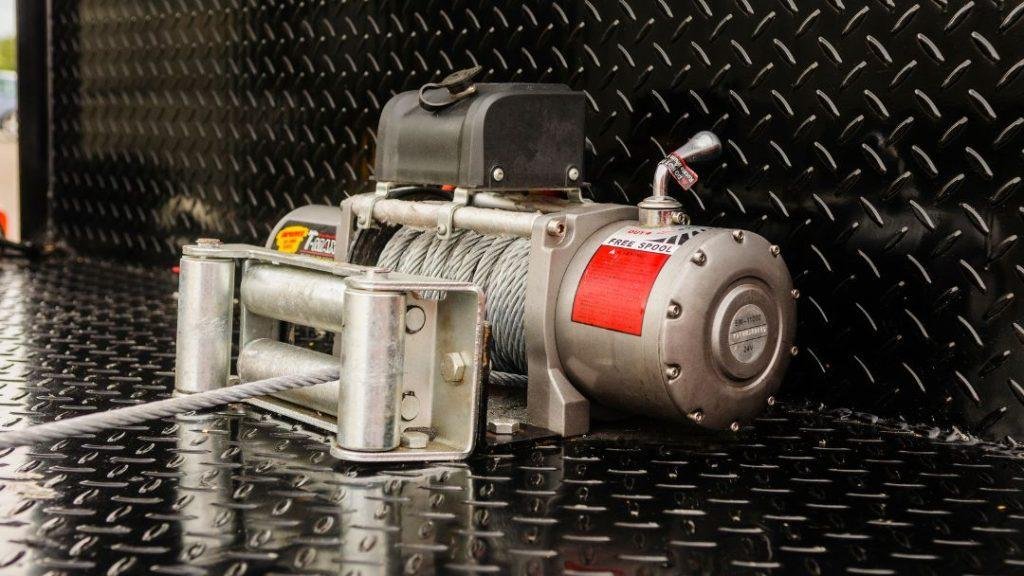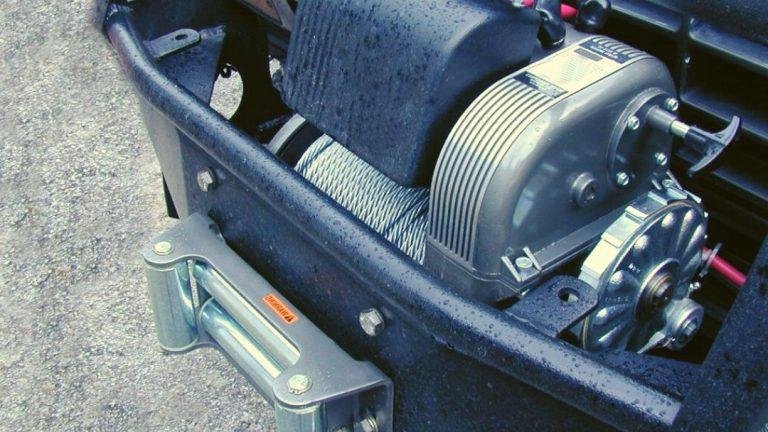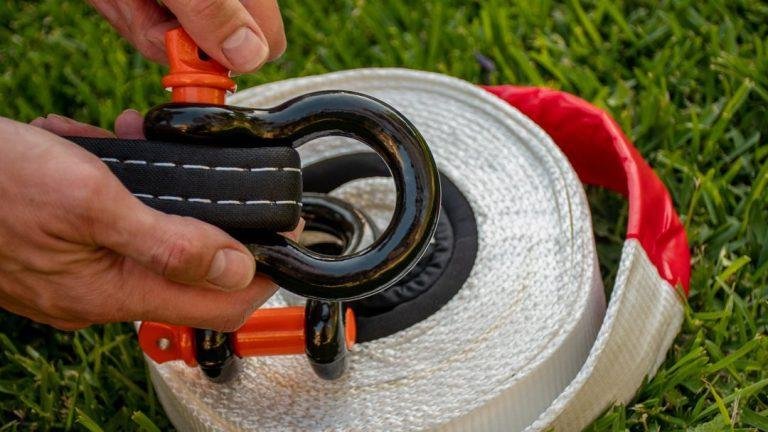With technology becoming a constant in our daily lives, even traditional tools like winches are embracing advancements to increase efficiency, safety, and user-friendliness. Among these improvements is the development of wireless winch remotes, offering a perfect blend of convenience and functionality.
Wireless winch remotes bring about a significant evolution in how we use winches. This article seeks to delve into the inner workings of these innovative devices, guiding you through their operation and even how to connect them to your winch.
Understanding Winches and their Wireless Remotes
Before we delve into the crux of the matter, let’s first understand what winches and their wireless remotes are.
A winch is a mechanical device used to adjust the tension of a rope or wire rope. In its simplest form, a winch consists of a spool and an attached hand crank. In larger forms, winches stand at the heart of machines as diverse as tow trucks, steam shovels, and elevators.
The magic of modern technology has introduced wireless winch remotes. These remotes provide the user the ability to operate their winches without the need for physical contact. This wireless operation not only adds to convenience but significantly increases the safety factor when using winches.

How Does a Wireless Winch Remote Work?
Wireless winch remotes operate using a technology known as Radio Frequency (RF). The remote control sends a signal via a specific frequency to the winch, commanding it to perform a specific function such as pulling in or letting out the rope.
Components of a Wireless Winch Remote
The main components of a wireless winch remote are the transmitter (which is the handheld remote control) and the receiver (installed on the winch itself). The remote also includes buttons to send various commands to the winch and often an on/off switch for the system.
Role of Radio Frequency
The wireless winch remote uses radio waves to send signals to the winch. When a button is pressed on the remote, it sends a specific signal via a designated frequency to the receiver on the winch. The receiver interprets the signal and performs the requested operation.
Signal Transmission Process
When the remote button is pressed, a specific frequency signal is sent to the receiver unit on the winch. This receiver deciphers the signal into a command, activating the appropriate relay to perform the desired function. This could be spooling the rope in or out, depending on the user’s input.
Safety Features
Wireless winch remotes come equipped with several safety features. Most remotes have an in-built automatic shut-off system that turns off the remote if not used for a certain period, conserving battery life. Furthermore, the remotes usually have a range limit to ensure the operator stays within a safe distance when operating the winch.
Step-by-step Guide to Connecting a Wireless Remote to a Winch
Connecting a wireless remote to a winch can seem daunting, but it’s a straightforward process once you understand the steps. Let’s dive into the process.
Necessary Tools and Preparation
Before starting the connection process, ensure you have all the necessary tools. These might include a compatible wireless remote, the receiver unit, and any connecting wires included with your kit. Also, make sure the winch is off and unplugged before starting.
Safety Precautions
When connecting your wireless remote to your winch, it’s crucial to follow safety precautions. Always disconnect the winch from the power source before beginning the installation. Additionally, read the manufacturer’s instructions thoroughly to avoid any mishaps.
Instructions for Connecting the Remote
- Connect the wireless receiver: The wireless receiver should be connected to the control box of the winch. This is typically done using a wire that plugs into the input on the control box.
- Mount the receiver: After connecting, securely mount the receiver in a location where it won’t be damaged. This location should also be within the range of the remote when you’re standing at a safe operating distance.
- Sync the remote and receiver: Turn on both the receiver and the remote. Press and hold the button on the receiver until the LED light starts to flash, then press any button on the remote to sync them. The LED light will stop flashing once the receiver and remote are synced.
- Test the system: After the remote and receiver are synced, test the system to ensure it’s working properly. Stand at a safe distance and attempt to spool in and out with the remote.
Troubleshooting Common Issues
If you’re facing issues with connection, recheck all the connections and make sure the receiver and remote are properly synced. If the remote isn’t working at all, the battery may need to be replaced. Always refer to the user manual or contact customer support if you can’t solve the problem yourself.
Benefits of Using a Wireless Winch Remote
Wireless winch remotes provide several benefits over traditional wired controls.
Enhanced Safety and Convenience
Wireless controls allow the operator to stand at a safe distance from the winch while it’s in operation. This distance protects the operator from potential harm if the winch rope were to snap.
Increased Operational Range
A wireless remote extends the operational range of the winch. Operators can control the winch from several feet away, which can be beneficial in various situations.
Flexibility and Ease of Use
A wireless remote is easy to carry around and use, making it a more flexible option than wired controls. With a wireless remote, there are no wires to deal with, reducing the risk of wire-related issues such as tangling or wire damage.
Frequently Asked Questions (FAQs) about Wireless Winch Remotes
Why isn’t my wireless winch remote working?
If your remote isn’t working, check the batteries first. If that’s not the issue, make sure the receiver and remote are properly synced. If all else fails, refer to your user manual or contact the manufacturer’s customer support.
What is the range of my wireless winch remote?
The range varies depending on the specific model and manufacturer. However, most wireless remotes work within a range of about 50 to 100 feet.
Can I use my wireless remote with any winch?
Most wireless remotes are designed to work with specific winches. Always check the compatibility of a remote with your specific winch model before purchasing.
Conclusion
Wireless winch remotes have revolutionized the way we use winches, providing increased safety, convenience, and flexibility. Understanding how these remotes work and how to connect them can enhance your winching experience and help you make the most out of this incredible technology.






